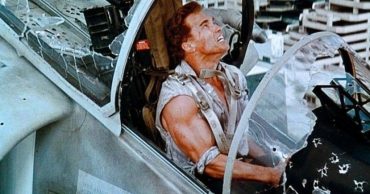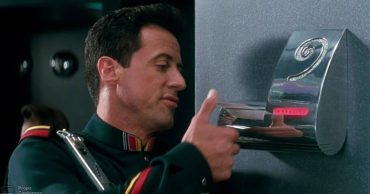Quentin Tarantino‘s Hollywood success story is undeniably one of the most inspirational stories in the history of cinema. Growing up a lover of movies, Tarantino immersed himself into cinema from a tender age. From here, he got a job working in a video rental store and started to write screenplays on the side.
In 1992, Tarantino seemingly came out of nowhere and delivered the classic crime movie, Reservoir Dogs. With its blend of slick dialogue and non-linear storytelling, Tarantino’s debut movie catapulted him to fame. Two years later, he managed to top his first effort with the groundbreaking, Pulp Fiction. Once again, using his unique style, Tarantino shot himself to larger heights of fame. To this day, many consider Pulp Fiction to be his finest work, and it’s easy to see why. So, this is the true story behind the now iconic Pulp Fiction.
The Origins and Inspiration of Pulp Fiction
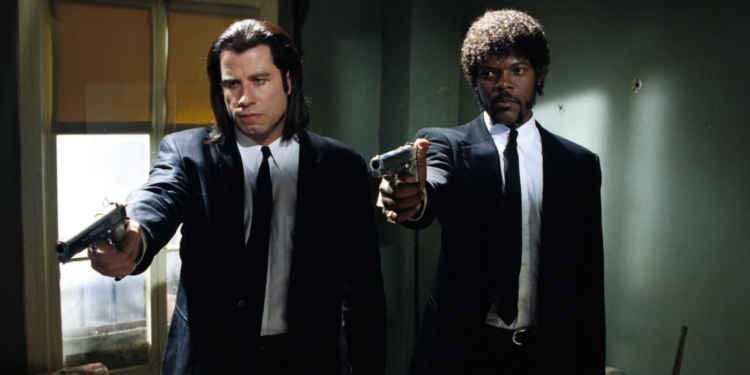
Pulp Fiction intricately weaves together the lives of various criminals in Los Angeles through Tarantino’s renowned non-linear storytelling style. The plot revolves around interconnected stories that include hitmen Vincent Vega and Jules Winnfield, mob boss Marsellus Wallace, his wife Mia, boxer Butch Coolidge, and various other colorful characters. Originally, Pulp Fiction was conceived as three separate tales, each to be directed by different filmmakers, with Roger Avary contributing story elements. However, Tarantino had a unique vision, opting to expand and merge these separate tales into one cohesive and riveting feature film. Tarantino drew inspiration from the horror movie, Black Sabbath, which featured three individual segments. This decision to combine and intertwine narratives resulted in a groundbreaking piece of cinema that continues to captivate audiences with its unforgettable characters, sharp dialogue, and clever storytelling techniques.
How Pulp Fiction Connects to Reservoir Dogs
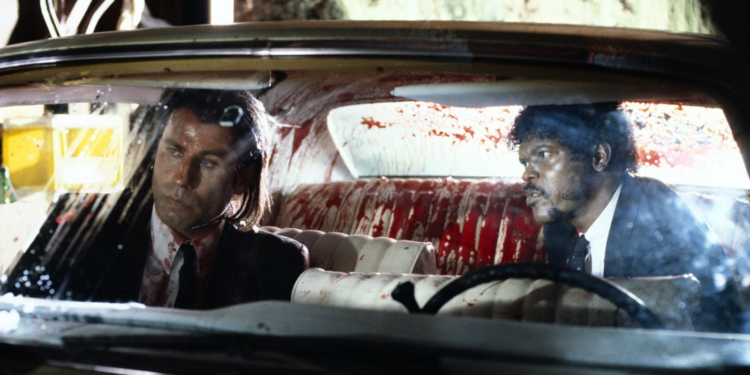
It’s no secret that Quentin Tarantino likes to subtly connect his films together, having them all exist within the same cinematic universe, and this theme started with Pulp Fiction. Against an ensemble of characters, Vincent Vega (John Travolta) is the lead in the movie. Initially, Tarantino intended on writing a sequel to Reservoir Dogs where Vincent Vega would team up with his brother, Vic (Michael Madsen) in Amsterdam. Seeing as Vic is killed in Reservoir Dogs, this would have made the movie a prequel to Reservoir Dogs. Although this movie didn’t come to fruition, Tarantino still kept the story element of Vincent spending time in Amsterdam, which could hint to the fact that he was there with his brother. So, in essence, this would make Pulp Fiction a prequel to Reservoir Dogs. However, Tarantino has never confirmed this, but he has confirmed that Vic and Vincent are in fact brothers.
Unveiling the Array of Casting Possibilities for Pulp Fiction
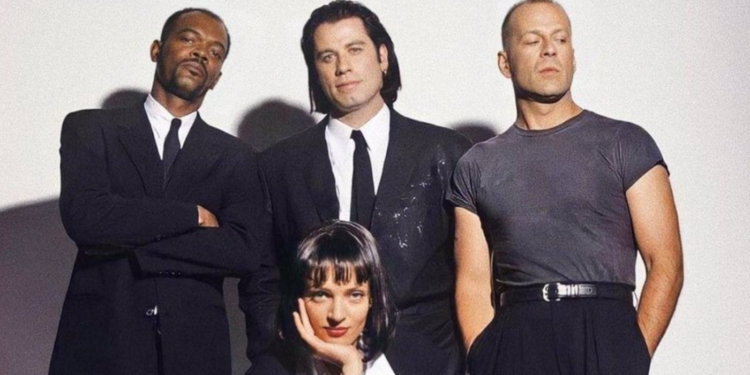
After the success of Reservoir Dogs, Tarantino had become a hot ticket in Hollywood. As a result, many A list actors were lining up to work with him. With such weight behind him, Tarantino drew up a list (which has now circulated online) of his desired actors. Although he managed to get most of his first picks, there were some actors that very nearly starred in Pulp Fiction. For example, Bruce Willis‘ role as the boxer Butch Coolidge nearly went to Matt Dillon. However, Dillon couldn’t resonate with the material. From here, Willis wanted the role of Samuel L. Jackson‘s Jules Winnfield, but Tarantino talked him into playing Butch instead. Furthermore, Eric Stoltz‘s role as Lance was originally intended for John Cusack. On top of this, the stars that were in talks to star in Pulp Fiction included Johnny Depp, Laurence Fishburne, Christian Slater, and Patricia Arquette.
The Mystery Behind the Briefcase in Pulp Fiction
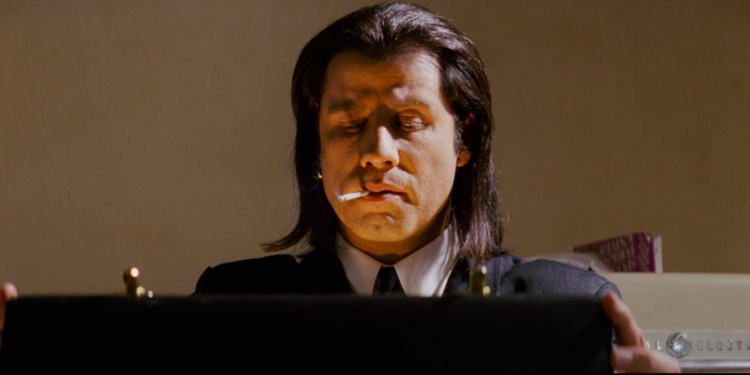
The briefcase in Pulp Fiction is not just a prop, but a significant plot device known as a “macGuffin”. Throughout the film, the audience is left to ponder the contents of the case, as it is never revealed what is truly inside. This intentional ambiguity leaves the viewers to speculate and engage in endless discussions about what might be concealed within its confines. What is known, however, is the mesmerizing effect that occurs when the case is opened – a brilliant, glowing gold light emits, casting a spellbinding and alluring ambiance. In order to achieve this effect, the crew simply rigged the briefcase with a light bulb and a powerful battery.
To this day, the contents of the case is still a complete mystery. To that, Tarantino still gets quizzed on it regularly. In fact, when appearing on 2 Bears, 1 Cave with Tom Segura, Tarantino shed some light on the matter. He stated that whatever the viewer thinks is in the case, is what is in the case. This leaves them to draw their own conclusion and skillfully keeps the legacy of the movie in Hollywood gossip.
Unveiling the Success and Legacy of Pulp Fiction
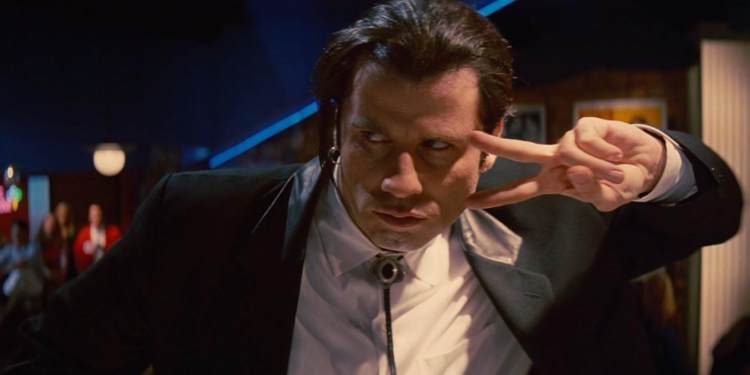
Pulp Fiction surpassed all expectations at the box office, earning a staggering gross of over $213 million worldwide. What makes this achievement even more impressive is the fact that the film was made on a relatively modest budget of $8.5 million. Not only did the film captivate audiences, but it also received widespread critical acclaim, winning the prestigious Palme d’Or at the 1994 Cannes Film Festival and taking home two Academy Awards. However, what truly sets Pulp Fiction apart is its lasting legacy. The film’s unforgettable dialogue has spawned iconic lines and catchphrases that have become ingrained in popular culture. Additionally, the carefully curated soundtrack, featuring a mix of well-known tracks and obscure gems, has further solidified the film’s place in history. To this day, Pulp Fiction continues to resonate with audiences and remains a timeless classic, cementing Quentin Tarantino as one the greatest filmmakers of all time.
 Follow Us
Follow Us
